The Links to Energy Independence
Three pillars of our electricity relationship
Starting as a means of light in fluorescent lightbulbs and now powering the very means of transportation we rely on to be a functioning member of society. The negatively charged particles in atoms called electrons are the conduit to bringing our global community into the future. As we move towards an electrified world, we can organize our interaction with electricity into three parts. How we use, create and store electricity.

Use
Our use of electricity is the most common facet of our relationship. We utilize electricity to wake up in the morning and then wind down on our TVs or computers in the evening, and even our books have gone electric!
Create
The history of electricity generation began with Thomas Edison’s 1882 Pearl Street Station that would send electricity to high-profile users in the business district of New York. Now electricity creation is available to most homeowners or businesses through the power of solar photovoltaics (PV) systems, distributed generation at its finest.
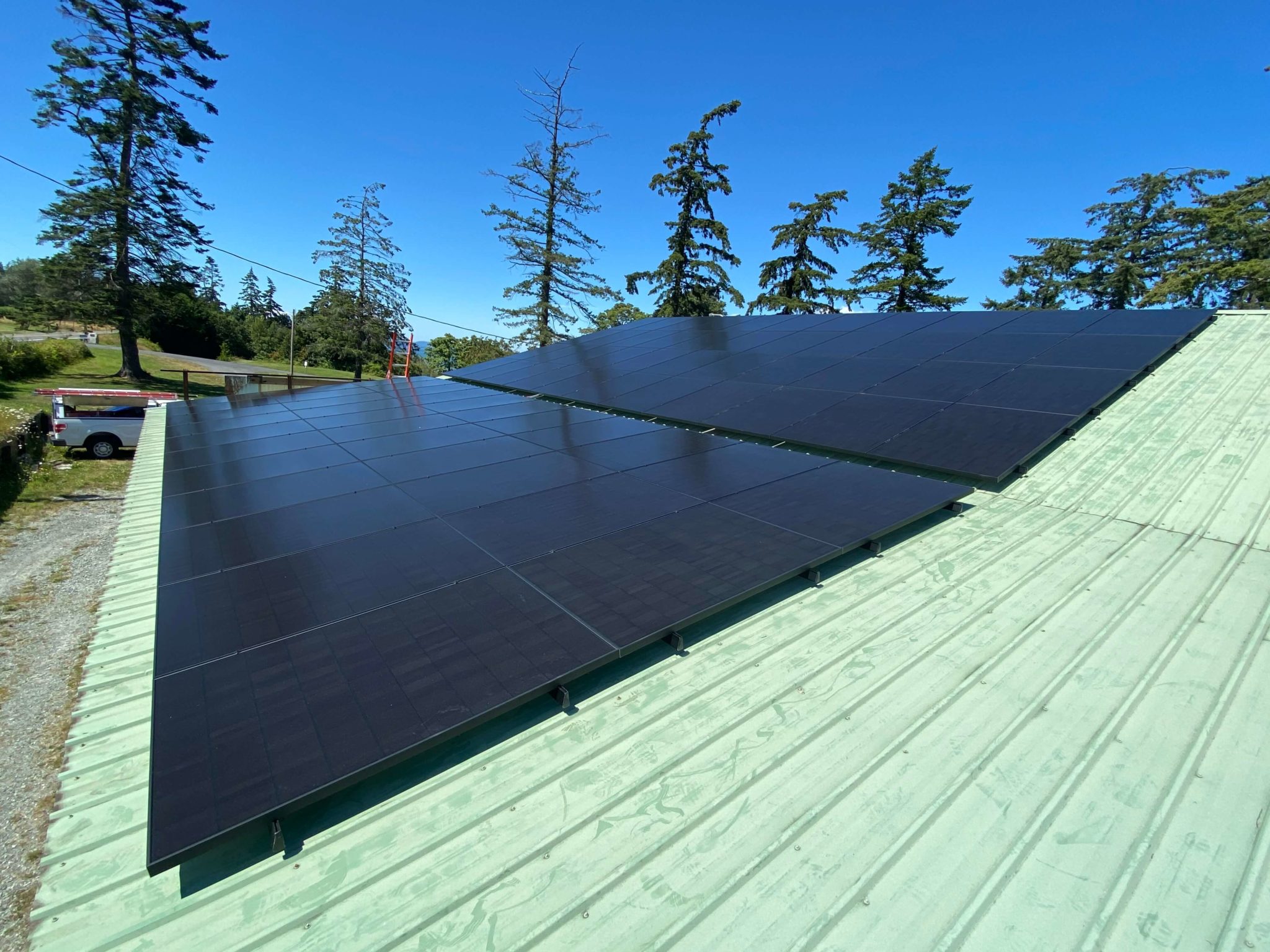
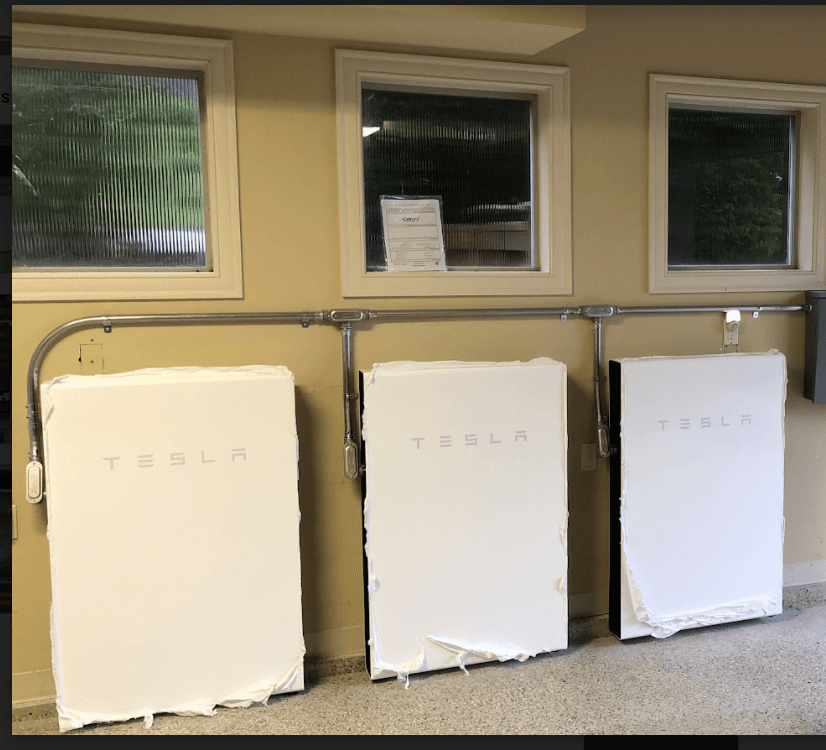
Store
This form of energy management has been one of the most challenging aspects. Traditionally stored energy took the form of gas or natural gas in tanks or portable containers. Even hydroelectric dams can pump water upstream when electricity costs less and then let the water come down, powering the turbines when the cost increases. Now batteries store electricity through lithium Polymer technologies allowing for renewable energy generation to become usable during all times, not intermittently.
Transitioning from centralized to distributed sources of energy
Historically, cities required multiple power generation stations such as coal and gas plants to provide the necessary energy. As efficiency and demand grew, these power plants expanded their reach through infrastructure improvements. Now, we’ve reached a point where this form of centralized energy distribution is liable to an increasing rate of disruptions caused by adverse weather and our dependence on fossil fuels, which as of 2021, constitute 60.5% of total energy generation sources in the USA between petroleum, coal and natural gas. With distributed energy technologies such as solar that do not require vast-reaching power lines, smaller communities and individual homeowners can take advantage of these technologies to take electricity into their own hands (and help the environment at the same time!).

Using Electricity
Since the discovery of electricity by Benjamin Franklin in 1752, it wasn’t until 1879 that Edison created a long-lasting lightbulb powered by electricity. Fast-forward to today, electricity courses through all facets of our daily life. In our forms of communications, transportation, and homes, no place goes untouched by these electrons. It’s become so prevalent that parts of the world cannot meet demand. For example, in Seattle last year, we lost power during the heatwaves due to parts of the city exacting a massive need for energy to power their AC units. An incredible albeit concerning feat due to our abundant and cheap sources of energy through hydroelectricity and our growing renewable energy portfolio.
Becoming Energy Smart
With the electrification of so many facets of our lives, the most intuitive way to manage our energy is to be more efficient with how we use it. Controlling your energy usage has become easier than ever with the Span smart panel. The Span panel that replaces your current ‘dumb’ panel maximizes your control and visibility on how electricity flows through your home or business. With integrated AI learning capabilities, it begins to learn how you use electricity and monitors your loads through each breaker in your panel. Your mobile phone, via their app, controls communications between you and your Span panel. Here you can watch your daily usage, see what’s turned on or off and the historical usage and electrical events occurring at your home. If your fridge begins to use more energy suddenly, it will notify you that it may be time to do a service checkup. As our need to use electricity grows, thinking about how we can best use our energy will save us money and clean up our air by reducing our usage of fossil fuels used to meet peak demand.
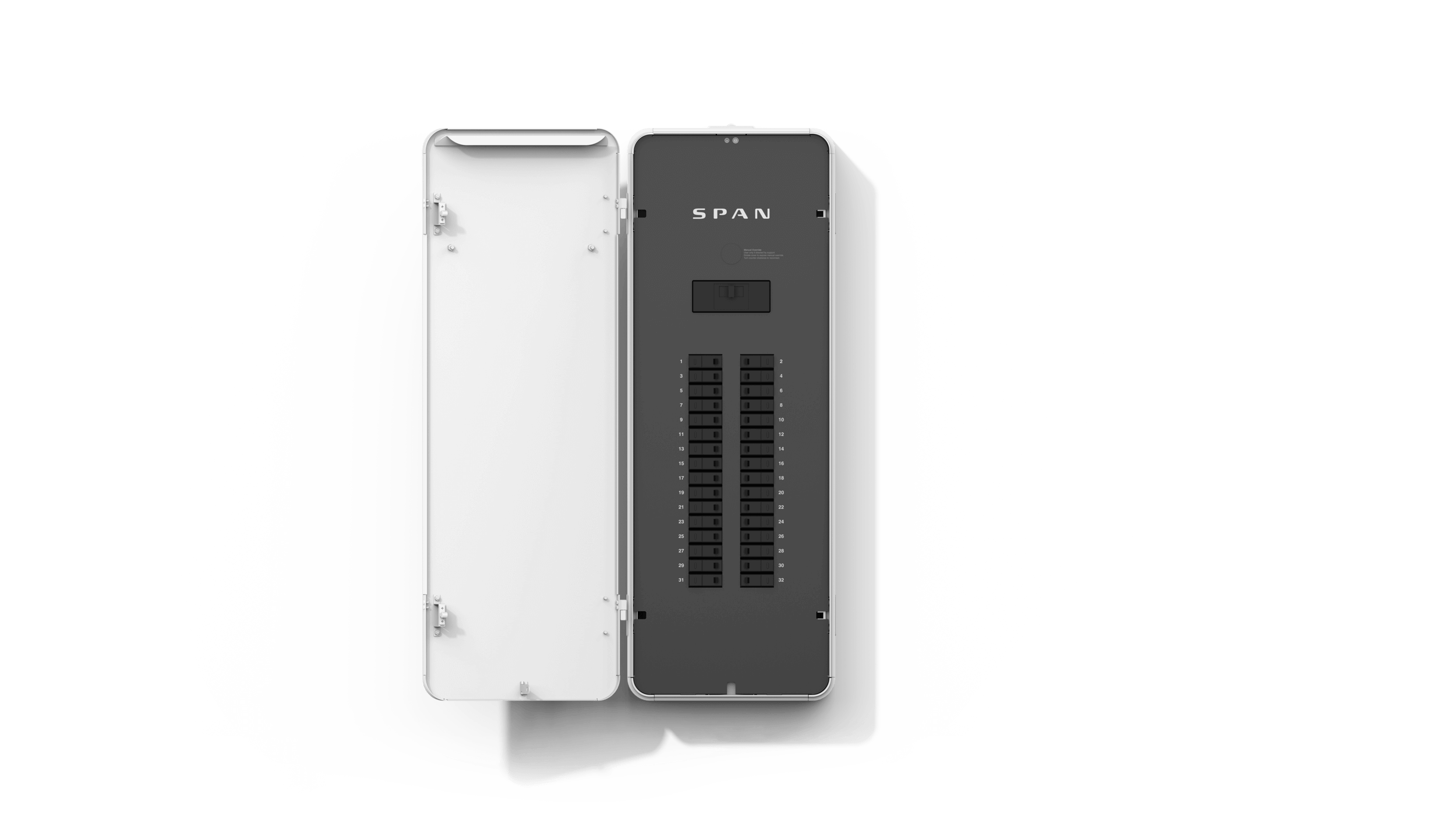
Energy Efficiency Upgrades/Behaviors
We understand that an electrical panel upgrade is not the priority of most homes but becoming more energy-efficient is more behavioral than technical. From layering up on the cooler days and opening up the windows as our days heat up. There are many ways to facilitate an energy-efficient lifestyle. Click on the button below to learn more!
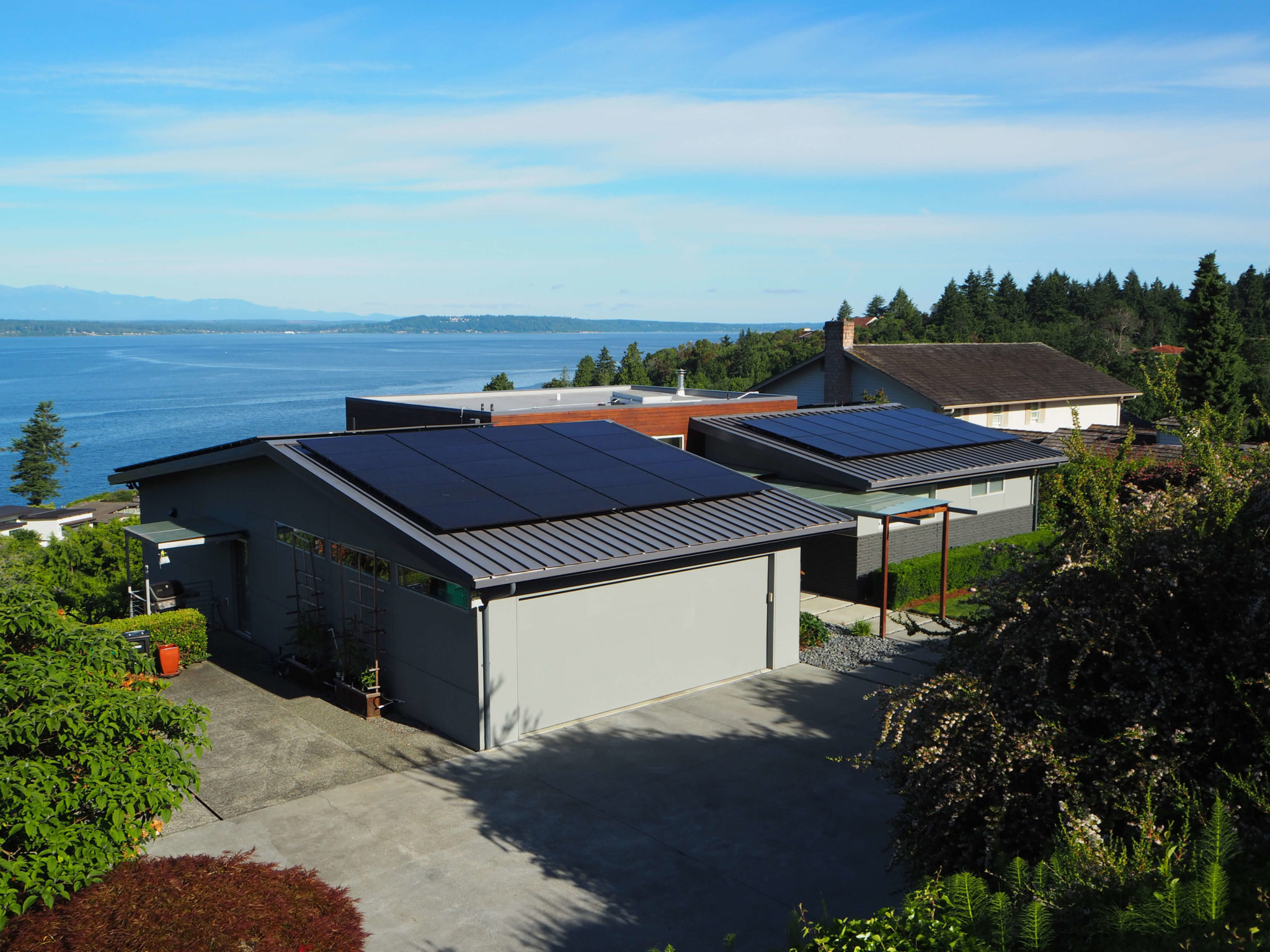
Creating Electricity
As I mentioned earlier, the centralized generation of energy from nuclear, coal, natural gas plants, and even hydroelectric stations requires massive infrastructure in power lines and transformers built underground and over our heads to transport the energy we need. Now, you can install power plants on your roof or property with solar panels, cutting the energy infrastructure out of the picture. Even people who go solar and offset their entire usage still have a fixed monthly cost for transmission and upkeep of the current electricity infrastructure.
Emerging distributed technologies other than solar is growing, such as wind turbines or small-scale hydro. Both are good options but are limited in their application for most buildings. The sun is a far more ubiquitous energy source and makes a case for solar, even in Washington state, as a more practical solution. With Net-Metering rules established with the UTC and utility providers, residents with solar power can quickly start saving money by covering their usage and sending the excess solar energy onto the grid.
Better Technology, Better Design
As solar energy grows in North America and globally, many technological the industry is seeing many advancements throughout the whole solar value chain. Previously, assessing a home for solar meant boots on the roof. Now, solar assessments are done through drones and 3D modeling, increasing safety, efficiency, and accuracy!
Solar technology has observed a decade of cost declines for PV Systems. For residential PV, the cost per watt for a 22-panel system was $7.54/watt. In 2020 this dropped to $2.71/watt. Drivers of cost decrease are higher efficiency panels and decreased balance of system (BOS) hardware and supply chain costs. The drivers of cost increases are higher labor wages and module (panel) costs. Overall, the technological advancements in solar allow you to have a larger system with fewer panels.

Better Use of Renewable Energy
Storing electricity is considered one of the biggest hurdles for deploying more renewable energy on a larger scale. With the intermittency of solar and wind, battery storage or energy storage systems (ESS) bridge the gap between when the sun isn’t shining, or the wind isn’t blowing.
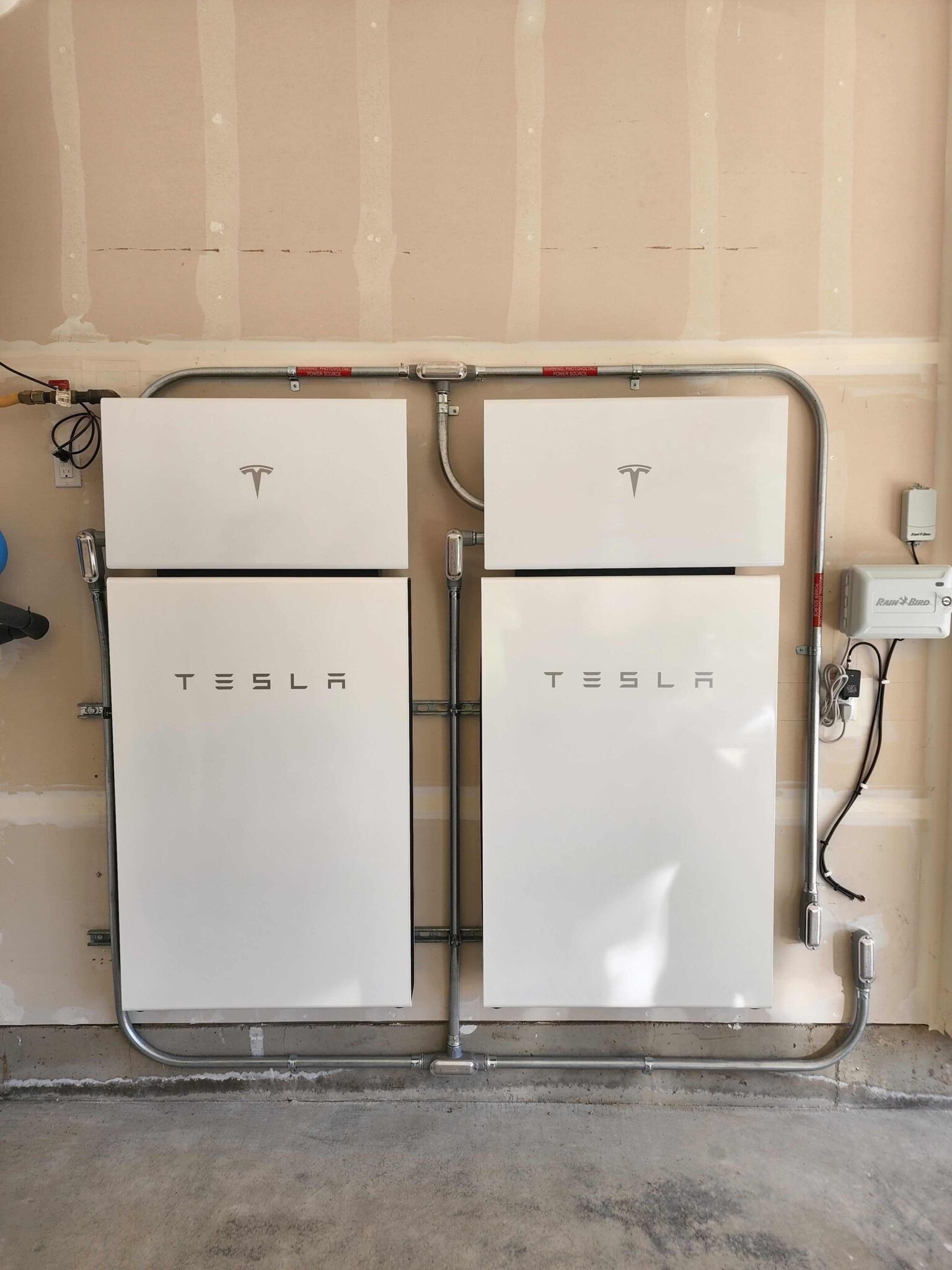
Battery Storage
In 2019 the energy storage market was valued at 6.3 billion, now estimated to be worth 17.5 billion in 2024. With advancements in efficiency and decreases in costs, this technology is an alternative to backup gas generators. ESS offers a seamless and noise-free option that you can manage through a mobile app.
The Tesla Powerwall is one of the options for homeowners and small businesses. Tesla Powerwall packs a punch at 13.5kWh of capacity, all within a 30″ wide and 45″ tall white finish box. With one Tesla Powerwall, you can backup critical loads for 8-10 hours; you can increase the backup time by adding more Powerwalls, turning off loads, and pairing the ESS with solar.
It is important to note that solar-only systems automatically shut off when the grid is down to protect utility workers servicing power lines. To circumvent sending energy onto the grid, an ESS is necessary.
The Future Of Battery Backup
The current solutions for home ESS still leave us wanting more, with only a few options to choose from experienced companies. We hope to diversify the materials needed to manufacture batteries with continued investment in battery technology and the industry. We wrote about Redwood Materials closing the loop on resources by recycling e-waste. Both homes and vehicles will benefit from more efficient batteries, even more so as EVs can be a mobilized home backup system, as seen with the Ford F-150 Lightning!
Beginning Your Journey of Energy Independence
Becoming Energy Independent means that you no longer rely on the grid for your electricity needs. And the technology for you to do this is here!
Understanding your energy usage is the first step when you start your journey in controlling how you consume, create or store electricity. Having a consolidated monitoring app is the goal, and SPAN makes this easy, but it’s not the only avenue. Both battery and solar PV systems come with their monitoring software. The monitoring features here would allow you to see how much battery capacity you have and, for solar, how much you are producing on a per-panel basis. There are 3rd party monitoring options such as the Sense, which provides a whole home monitoring platform to track your home’s usage; plus, it’s installable without an electrician!

Find Your Path Today!
These services that allow you to obtain energy independence are no small investments. Time is essential regarding solar as the investment tax credit phases down from 26% to 22% in 2023 and then down to 0% in 2024 and onwards. The sooner you begin to generate your electricity, the more you’ll save over time and hedge against rising energy costs. Battery backup offers a sustainable solution to backup their homes and allows you to use solar energy during grid outages. With a SPAN smart panel combination, you can observe the energy flow from the grid and your home battery and solar PV system. Here at NWES, we pride ourselves in providing homeowners and businesses guidance and solutions for finding the best renewable energy solution for you. Enquire today and find yourself living in a sustainable future tomorrow.


